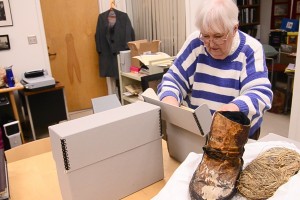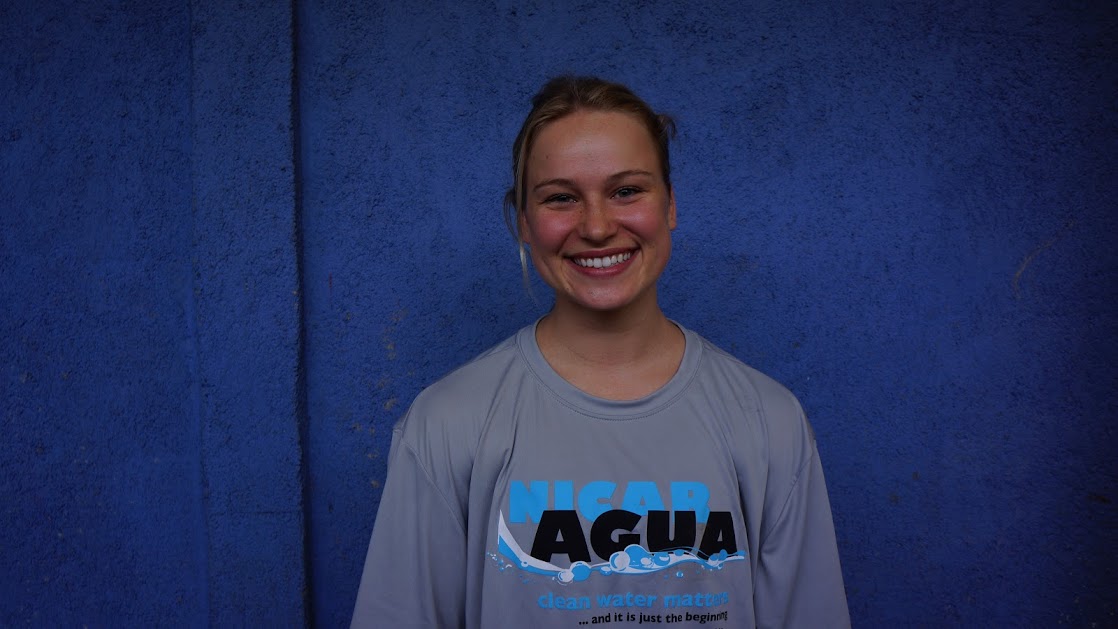Few know as much about PLU’s first president as Associate Professor of Norwegian and Scandinavian Studies Claudia Berguson.
Berguson has studied Harstad for the last 4 years. She first wrote a paper about Harstad for a Scandinavian studies conference in Alaska.
“I knew Harstad had traveled up to pan for gold in Alaska,” Berguson said. This worked perfectly since the conference had an Alaskan focus.
Harstad decided to leave PLU to pan for gold so he could bring some money back to PLU, which was having financial troubles.
He didn’t find any gold, but he brought back moose antlers, which are now in the Nesvig Alumni Center.
Harstad wrote of his accounts in the Pacific Herald, a newspaper he often published in.
“I honestly didn’t find them to be so rich,” Berguson said. The accounts were just descriptions of his travel.
After reluctantly turning away from Harstad’s search for gold, Berguson asked University Archivist, Kerstin Ringdahl, if there was anything else written by Harstad.

In the archives, there are several boxes full of texts written either by Harstad or about him. Many of the texts are translated to English.
“It’s exciting,” Ringdahl said. “Because you know you don’t want [documents] to sit there and be hidden away.”
“We are preserving the historical documents of PLU and making them available so people can use them research,” Ringdahl said.
This is when Berguson was introduced to a travel journal written by Harstad called Tre Uger I telt, or Three Weeks in a Tent.
The journal is of his travels through the Dakota Territory in 1881, before he founded PLU in 1890.
“This is settlement in the making,” Berguson said. “This is a snapshot in time of immigration.”
She is now analyzing the journal as literature, opposed to looking at it as a primary source.
“For me, when I read it, there was a great sense of how he presents his material,” Berguson said. “He also has his own voice that comes through in this, and I think a lot of times if it’s a primary source, you don’t get that sense of a constructed text.”
The journal is not just chronological, like Harstad’s accounts of panning for gold, but is much more detailed and constructed.
This text is important to Berguson for many reasons. Harstad had lived the life of an immigrant and had a lot of contact with other Norwegian immigrants.
“I think the most important part is his conviction, and the Norwegian immigrant’s conviction, to create institutions of higher learning for Norwegian and Scandinavian immigrants … to be successful Norwegian immigrants in America,” Berguson said.
On the west coast in the late 1800s, there was a great need for education among Scandinavian immigrants. Harstad was called to fulfill that need, so he created PLU.
For Berguson, the most interesting part of analyzing Harstad’s literature is to hear the voice of a Norwegian immigrant. “I think he’s a fascinating writer,” Berguson said. “I hadn’t realized that.”
Berguson is reading the journal in Norwegian, not English. In the 1800s, Norwegian was more similar Danish than modern Norwegian.
“The spellings were different, but the words are still recognizable. “Berguson said. “You are having to have a conversation with these older forms of Norwegian as you are trying to bring these to an accurate translation.”
Berguson plans to publish her research in the Journal for the Study of Scandinavian Studies.


























